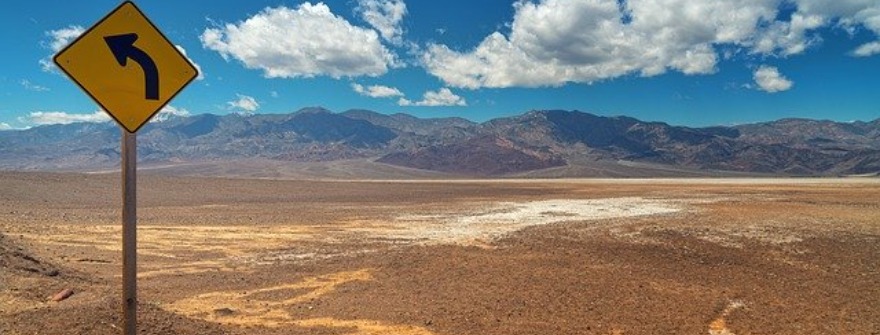Death Valley National Park can be a fantastic one-day adventure away from the flashing lights of the Las Vegas Strip. Death Valley National Park is located in California but is an easy three-hour drive across the Mojave Desert and the Black Mountains. The largest national park in the lower forty-eight states, Death Valley offers a wide assortment of adventures and sights to see and experience. As with many of the areas in the greater Las Vegas area, Death Valley offers experiences that no other location in the country can offer. Consisting of 3.4 million acres, Death Valley National Park has thousands of acres within the park that will never be seen by the average tourist. However, the road system within the park will bring you many of the sights that are unforgettable.
Death Valley holds the distinction as the hottest place in North America. Its sculpted rock layers form deeply shadowed, eroded crevices at the foot of sharply silhouetted hills. The valley was named by a group of settlers in 1849, who survived despite running out of food and water.

On any given day, this valley floor shimmers in the heat. Throughout the summer, temperatures average 112 F, and the ground can reach near boiling point. It is better to come here during the spring when the wildflowers are in bloom, or from October to May when it’s generally mild and dry.
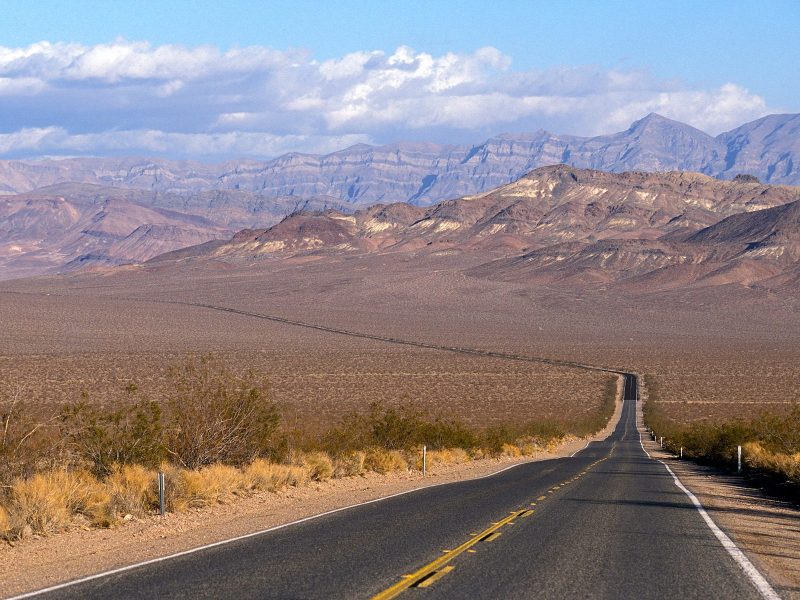
Two of the most famous outposts of this park are Stovepipe Wells and Furnace Creek. Most of the unusual sights of the park are located in Furnace Creek. A good first stop is the Artist’s Palette, an eroded hillside covered in a mosaic of red, gold, black and green. Ten miles south, Badwater is a nonpoisonous pool of water containing chloride and sulfates; this pool is the only home of the Death Valley snail. A four-mile hike leads you to the lowest point in the western hemisphere, 282 ft below sea level.
Hordes of tourists come to visit Scotty’s Castle, forty miles south of Stovepipe Wells. The Castle is named after “Death Valley” Scotty, who managed the construction and claimed the house as his own in 1920. Scotty himself lived here and is buried just behind the house. The highlight of a visit to Scotty’s Castle is the 50 minutes long guided living history tour of the interior of the main house.
Scotty’s Castle
Built as a vacation retreat by a wealthy Chicago banker, and claimed by an eccentric local miner, Scotty’s Castle stands as a tribute to the 1920s and 1930s. Still housing many of the original furnishings, the home is opened daily for guided tours. For an additional fee, the basement, and the tunnel system beneath the home can be toured. This tour will show the technical ingenuity that kept the house operating in the early part of the twentieth century.
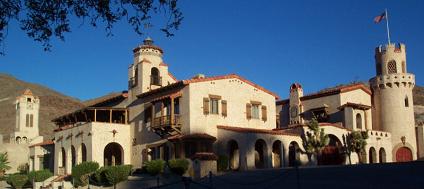
Also known as Death Valley Ranch, this remarkable structure was built by Albert Johnson from 1922 to 1931. He rejected a planned design by Frank Lloyd Wright. The castle covers more than 30,000 square feet (2800 square meters). The castle was named after Walter Scott, also known as “Death Valley Scotty”, who convinced Johnson to invest in his fraudulent gold mine in the Death Valley area. Johnson and his wife took several trips to the castle until his death in 1948. The couple died without heirs and left the property to the Gospel Foundation. In 1970, The National Park Service purchased the castle for $850,000.
- Address: Highway 267, Death Valley National Park, CA
- Telephone: (760) 786-2392
- Hours: Daily
Panamint Springs
Panamint Valley is the second major valley that is part of the Death Valley National Park. Lesser-known than the park’s namesake, Panamint Valley has its own special features. This area of the pork offers Darwin Falls, a waterfall that continues to flow year-round, even during the scorching heat of summer. The park’s largest stand of Joshua Trees are found in this part of the park, as well as the Wildrose Charcoal Kilns that served as smelting stations to process lead and silver.
Artist’s Palette
Artist’s Palette is a spectacular view spot in Death Valley National Park. It lies on the face of the Black Mountains at the top of Artist’s Drive. It is characterized by various colors of rock arising from the oxidation of different metals in the rock. The colors are most intense during the mid-afternoon. The rock unit, known as the Artist’s Drive Formation, provides evidence for an explosive volcanic period in the history of Death Valley.

Stovepipe Wells
Stovepipe Wells is a small way-station built in 1926 and located in the northern part of Death Valley National Park. It contains a motel with a swimming pool, a gas station with a general store, a gift shop, a ranger station and a restaurant/bar. Some large sand dunes are located a few miles south of town. The town is named for an old stovepipe, similar to the ones that were used in the walls of old wells.
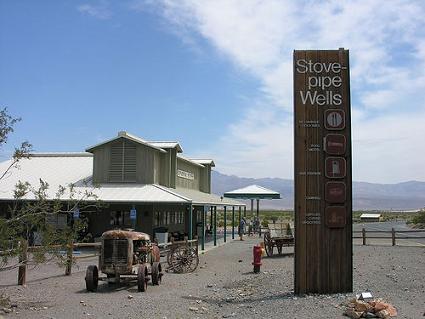
This area of the national park brims with great places to stop, see, and experience. Mesquite Flat has sand dunes rising one hundred feet into the air and boasting its own ecosystem that is dominated by the sidewinder rattlesnake. Mosaic Canyon has sections of marbleized walls, created through millions of years of nature’s forces and pressures. Salt Creek is a stream of saltwater that is home to one of the area’s inhabitants from a time when the area had abundant water sources, the endangered pupfish. Titus Canyon offers all that one would expect from a true western canyon – the ghost town of Leadfield, fossil beds, twenty-foot wide passageways between hundred-foot cliffs, bighorn sheep, and soaring limestone cliff walls.
Death Valley Sand Dunes
Death Valley contains 14 square miles (36 square km) of undulating sand dunes located north of Stovepipe Wells. These are among the most spectacular sights in the park. High winds blow the dunes into a crescent shape. The dunes also contain vegetation like mesquite trees, evening primrose, and shining locoweed as well as desert animals, including kangaroo rats and lizards. Less than one percent of Death Valley is covered with dunes.
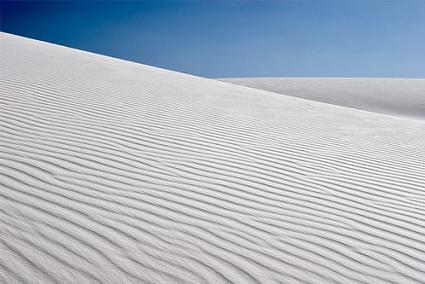
The Eureka Dunes rise as high as 680 feet but are dwarfed by the surrounding Last Chance Mountains. Other sand dunes in Death Valley include the Saline Valley Dunes, the Panamint Dunes, and the Ibex Dunes.
Furnace Creek
Furnace Creek is a very small oasis village at the eastern entrance to Death Valley. The community lies above a large, highly symmetric alluvial fan. With an elevation of 179 feet below sea level, Furnace Creek is the lowest census-designated place in the United States. Furnace Creek also has the lowest golf course in the world. The community also boasts the Furnace Creek Inn, a four-star hotel built in the 1920s. Most lodging is closed in the summer when temperatures can exceed 125 degrees Fahrenheit (52 degrees Celsius).
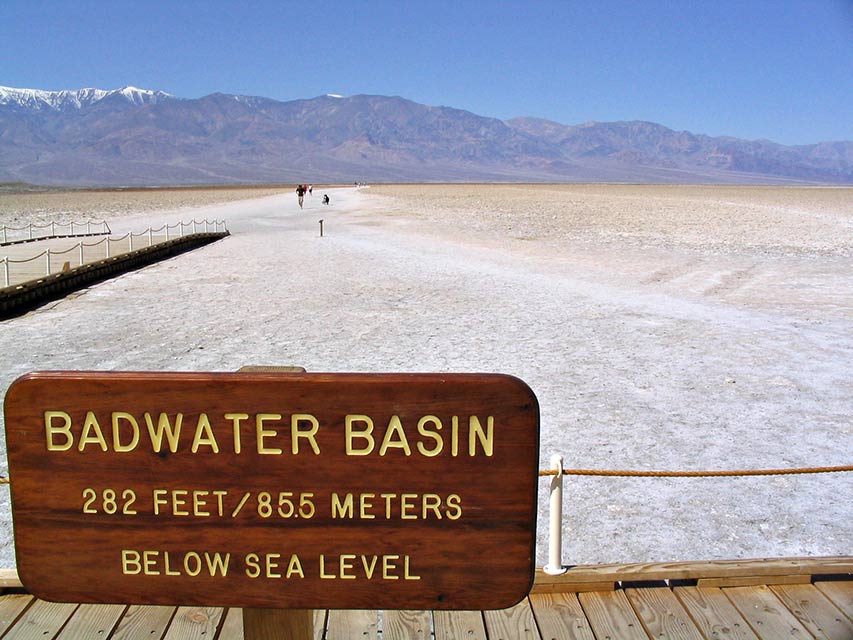
The Furnace Creek area offers a wide assortment of once in a lifetime experiences. Golden Canyon is a hiker’s dream come true. The Artist’s drive provides a kaleidoscope of late afternoon colors as the sun reflects off the rock walls. The rock salt protrusions found at The Devil’s Golf Course seem to be from another world. At Natural Creek you can see a natural bridge that will arch high above your head, connecting the two canyon walls. At Badwater, you will stand at the lowest point in North America, and view the expansive salt flats as they extend area from you for acres and acres. Then, there is the Harmony Borax Works. Here the famous twenty mule teams were originated and later made famous through television shows and advertising. Although lasting only a few years, the mule teams became part of the region’s history and lore. These mule teams would haul wagons and freight that together weighed seventy-seven thousand pounds a distance of 165 miles to a railhead, where the product would be loaded onto trains and taken away to be processed.
The main visitor center of Death Valley is also located here.
Ranger Programs
Be sure to participate in some of the incredible ranger programs that are offered through park services. From flint napping to moonlit hikes, this national park offers an incredible array of programs that bring to life every aspect of this amazing national park. Tourist travel is the highest from late November through April when the park temperatures are the coolest. At this time of the year, you could experience snow-covered mountain peaks and still eighty-degree temperatures in the valley. During the summer months, the park continues to be open, but remember, this is the area that has a record of forty-three consecutive days with temperatures exceeding one hundred and twenty degrees. Talk about hot!
